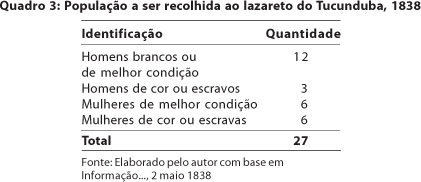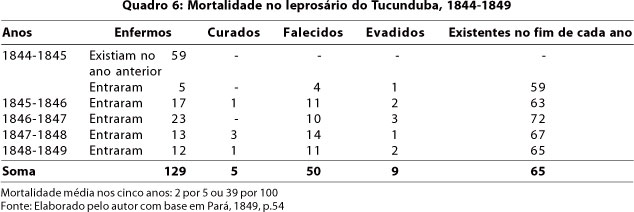The article analyzes the experience of the slaves interned at the Tucunduba Leprosarium in Belém, state of Pará during the nineteenth century. The slaves were freed once they showed the marks of their leprosy, and expectations were that they would submit to the segregation policy meant to keep them from contact with the rest of the population. The documentation produced by Santa Casa de Misericórdia hospital in Pará and by the province's political authorities reveals the strategies the slaves devised in response to this policy; they used their numerical predominance at the leprosarium to create a network of solidarity that allowed them to recreate their lives and stand in opposition to the type of nation that the era's hygienist theories envisioned.
slaves; leprosy; Tucunduba Leprosarium; Santa Casa de Misericórdia; Brazil (nineteenth century)








